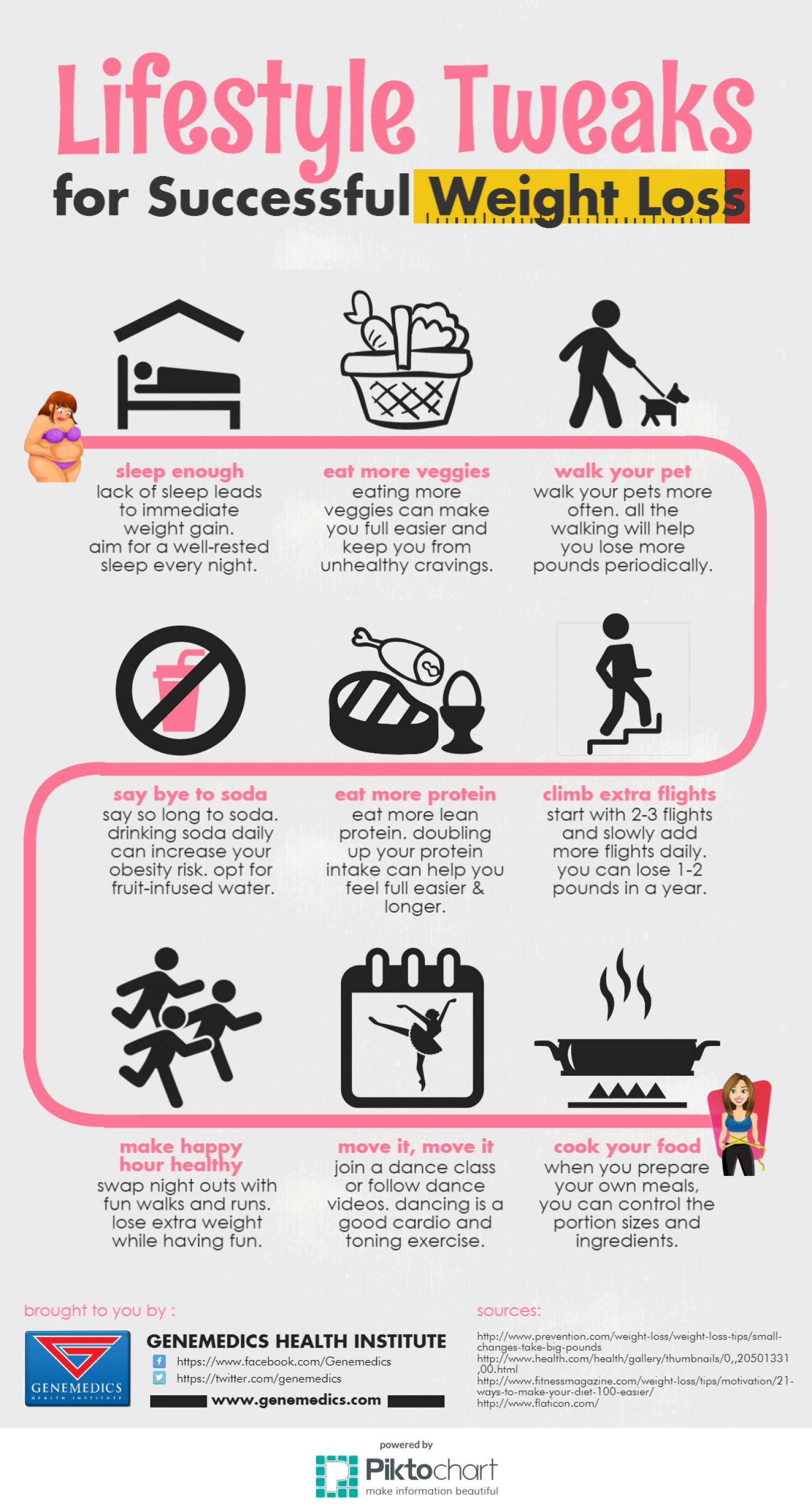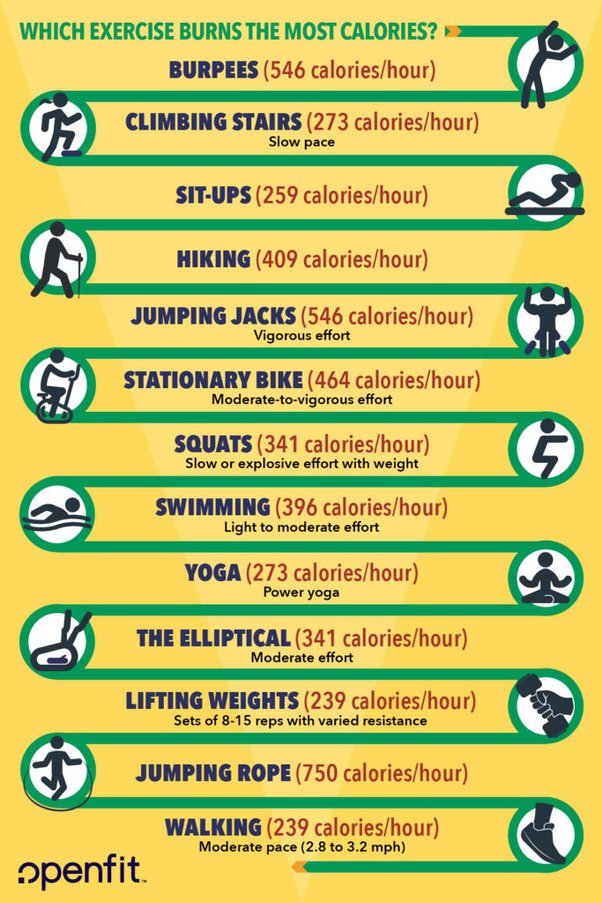
Participation control is essential to any successful weight-loss plan. It helps you recognize when you are allowing yourself to indulge in food. Here are some tips about portion control. These are great tips for portion control.
Serving size card
If you've been trying to lose weight but are finding it difficult to determine the amount you should eat, it's time to invest in a serving size card. The National Heart, Lung, and Blood Institute offers a free, printable, serving size card that can be used to measure the size of common food groups. You can see how much each portion of common food groups includes whole grains, sugars, or fats.

Portion control plates
These portion control plates will help you control your portions while maintaining a healthy weight. These plates can be used to help diabetics stick to their diet and lose weight. They can also be used to help people with high blood pressure or diabetes keep a healthy weight. You can lose weight and eat healthier with these portion control plates. They are inexpensive and can help you maintain a healthy lifestyle.
Calorie goal calculator
The calorie goal calculator can be a useful tool that will help you determine how much food is necessary to maintain and achieve your weight goals. The tool takes into account your age, height, gender, and activity level in order to give you a recommendation on how many calories you should consume each day. To ensure the most accurate results, it is best to have a professional assist you.
Restaurant portion size
Researchers disagree on the validity of this conclusion. However, they have determined that restaurant portion sizes are strongly related to weight gain. A rise in obesity and restaurant portion sizes was linked to an overall increase of energy intake. These effects persist even though consumers are not necessarily aware of the connection. "Strong evidence supports a significant association between increased portion size, increased body weight" according to the Dietary Guidelines Advisory Committee (DGAC).
Making smaller meals
In addition to eating fewer portions of food, making smaller meals is an effective way to increase awareness of what you're eating. People find it easier to lose weight if they keep track of how much and how full they feel. This is because we tend be less hungry if we're given larger portions. Keeping a food diary can help you become aware of what you're eating and make necessary adjustments to your diet. It's not as difficult as you might think to make smaller meals for weight loss. There are many practical ways to lose weight. Below are some tips that will help reduce portions and improve your feeling of fullness, while still maintaining a delicious flavor.

You will have fewer food cravings
It is possible to reduce your cravings for food by getting more exercise. Maintaining your weight loss goals can be achieved by getting active and eating healthier. Walking 5 minutes before lunch reduces cravings by as high as 20% By increasing your activity, your brain will become more distracted, which can decrease the desire to snack on unhealthy food. Increase your protein intake and reduce your consumption of processed foods can help you lose weight, and make you feel fuller.
FAQ
What level of exercise is required to lose weight?
There are many factors that affect the amount of exercise you need to lose weight. However, generally speaking, most people need at least 30 minutes of moderate physical activity five days per week.
The American College of Sports Medicine recommends that you do 150 minutes of moderate intensity aerobic activity per week. This should be spread over three days.
For example, if you want to lose 10 pounds, aim to do 300 minutes of moderate-intensity exercise each week. This includes activities such brisk walking and swimming laps, bicycling, dancing, playing tennis or golfing, hiking, running, jogging and other similar activities.
You can start out by doing 20 minutes of intense activity three times a week. It could be sprinting, lifting weights, jumping rope or fast walking.
Aerobic exercise can also help you burn calories and increase muscle mass. Muscles can burn more calories that fat. You may be able to achieve your goal quicker by building muscle and losing fat.
How can busy people lose weight
It is best to eat less and exercise more to lose weight.
You will gain weight if your eat too much. You will gain weight if exercise isn't enough. If you combine these two simple behaviors, you can lose weight.
What foods help me lose more weight?
It is possible to lose weight faster by eating fewer calories. Two ways to achieve this are:
-
Reduce the amount of calories you consume daily.
-
Physical activity can help you to burn more calories.
It is not easy to reduce the calories you consume. Everywhere you turn, there are many calorie-dense fast foods. Here's a list to help you shed those extra kilos.
-
Beans are rich sources of fiber, protein, and other nutrients. They contain almost no fat, making them an ideal choice for dieters who want to reduce their caloric intake.
-
Oatmeal is low in calories but high in nutrients like magnesium and potassium. Oatmeal also contains less sugar that other cereals.
-
Eggs are high in cholesterol and protein. Consuming eggs at least once a week can increase your metabolism and help you burn more calories.
-
Whole grain bread reduces hunger pangs. This can help you feel fuller and longer.
-
Dark chocolate is high in antioxidants, flavonoids and other substances that have been linked with lower blood pressure and better heart health.
-
Cottage cheese is rich in calcium which aids in bone strength. Cottage cheese is also high in calcium, which aids in bone strength.
-
Omega-3 fatty Acids are a key component of salmon. They promote brain development, and improve cardiovascular function.
-
Green tea is chock-full of catechins, compounds that fight cancer and increase metabolism.
-
Broccoli is a great source of folic acid, which reduces homocysteine levels in the blood. A higher risk of developing heart disease and stroke is associated with high homocysteine levels.
-
Yogurt is an excellent way to include probiotics in your diet without adding sugars. Probiotics can help improve digestive health.
-
Berries are a tasty snack that is also nutritious. Blueberries, strawberries, blackberries, raspberries, and cranberries are all excellent sources of vitamins and minerals.
-
Avocados are bursting with healthy fats. A half avocado contains 80 calories and plenty of fiber.
-
Nuts make a delicious snack and are also a good source of protein. There are many great options for nuts, including cashews and hazelnuts as well as walnuts, pecans, hazelnuts and hazelnuts.
-
Sweet potatoes are another starchy crop that is rich in beta carotene. This makes your skin glow. The orange sweet potato variety has a higher level of beta-carotene than regular sweet potato varieties.
Statistics
- Another study found that 24 weeks of weight training led to a 9% increase in metabolic rate among men, which equated to burning approximately 140 more calories per day. (healthline.com)
- According to a study sponsored by the American Council on Exercise, a person weighing around 140 pounds (64 kg) would burn 108 calories at a 30-minute beginner's Pilates class or 168 calories at an advanced class of the same duration (26). (healthline.com)
- According to Harvard Health, it's estimated that a 155-pound (70-kg) person burns roughly 112 calories per 30 minutes of weight training (5). (healthline.com)
- According to Harvard Health, it's estimated that a 155-pound (70-kg) person burns around 167 calories per 30 minutes of walking at a moderate pace of 4 mph (6.4 km/h) (5). (healthline.com)
External Links
How To
How to Intermittent Fasting
Intermittent fasting is a dieting method where you normally eat one day per week, usually Monday through Friday. This allows you to reduce your calorie intake and still get adequate nutrition. It's believed that this helps burn fat faster than if you were eating normal meals throughout the entire week.
The most popular form of IF is to limit calories to certain days. This means you could skip breakfast every morning and still eat what you want the rest of the week. You could choose to eat three small meals per day rather than two big ones.
Many forms of intermittent fasting are available, such as alternate day fasting (5/2 fasts), 8/4 fasts and 16/8 fasts. Each form of intermittent fasting comes with its own pros and cons. Alternate Day Fasting is the easiest to begin because you don’t have to make significant changes in your life. But, there are some people who find it hard to follow such a strict schedule. These people might prefer to try different methods.
Alternate-day fasting is a good option if you are looking to begin an intermittent fasting program. This will allow you to gradually transition into more extreme fasting routines without completely changing your lifestyle.